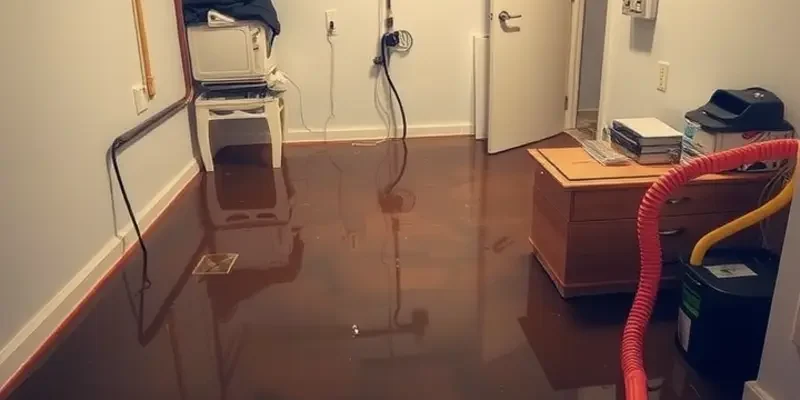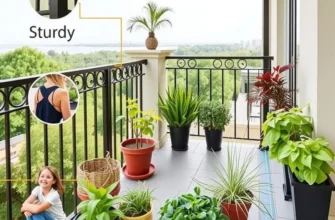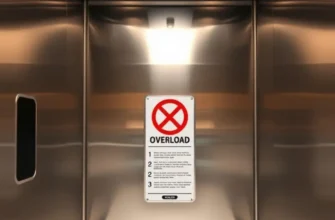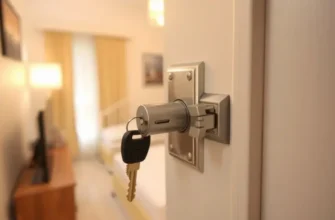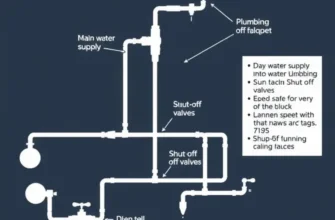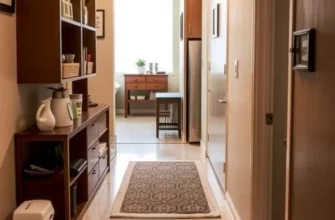Flooding in apartment basements is a concerning issue that many renters across the U.S. may face, especially during heavy rainstorms or snowmelt. If you’re a renter below ground level, the threat of water damage can be daunting, underscoring the importance of safety and security in your living space. Taking proactive measures to prevent flooding not only protects your belongings but also contributes to hassle-free maintenance of your apartment. Understanding potential risks and effective solutions can transform your approach to managing this challenge. In this guide, renters will find straightforward strategies to reduce the likelihood of flooding, essential safety practices to follow during an emergency, and effective maintenance tips for long-term peace of mind. Whether you’re dealing with an immediate threat or preparing for the rainy season, it’s crucial to stay informed and proactive to ensure your safety and security.
Understanding the Risks of Basement Flooding
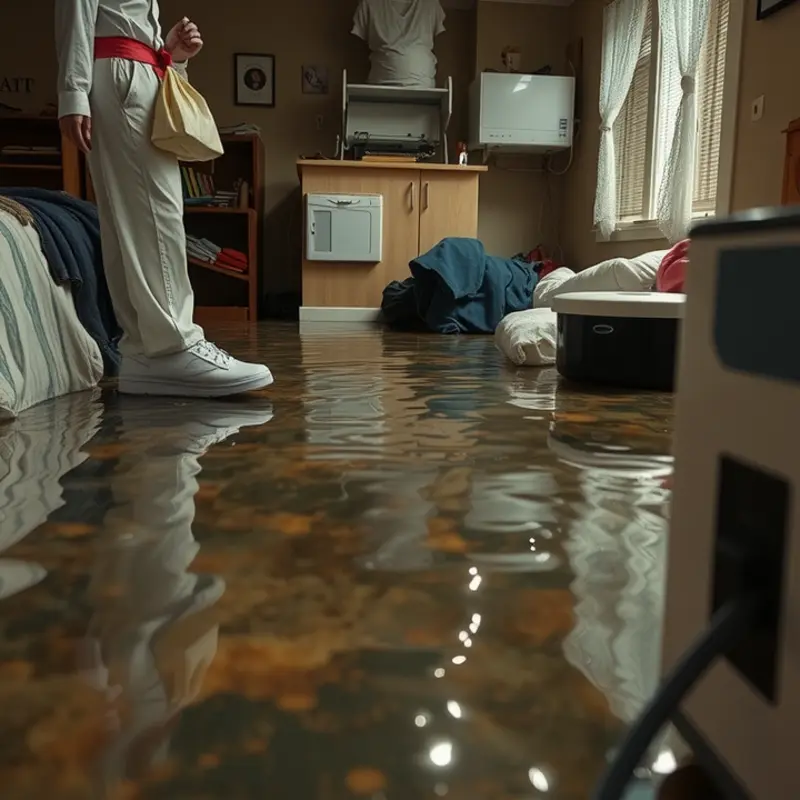
Basement flooding poses a significant threat to apartment dwellers, and understanding the causes is crucial for anyone hoping to mitigate the risks. The underlying factors leading to basement flooding can vary widely but generally fall into a few primary categories.
One of the most common causes is heavy rainfall, especially if the building is located in an area with poor drainage systems. Basements are naturally susceptible to water ingress, particularly in low-lying areas or regions prone to frequent storms. As rainwater accumulates, weak foundations or improperly sealed basement walls can quickly become a liability. Renters should be aware of the building’s history with flooding by asking the property manager about past incidents.
Another risk factor is faulty plumbing within the building. Burst pipes or clogged drains are frequent culprits behind unexpected floods. Renters should regularly inspect visible pipes and report any signs of wear or damage to the landlord immediately. Furthermore, awareness of the shut-off valve location is essential in emergencies to prevent significant water damage.
Furthermore, outdated or poorly maintained drainage systems can exacerbate flooding risks. In buildings where the sump pump is either absent or malfunctioning, the accumulation of water during a heavy downpour can lead to flooding. Renters can proactively inquire about the regular maintenance schedule for sump pumps or any existing drainage systems in the building.
Improper grading around the building is another frequent issue. If the surrounding land is not effectively sloped away from the building’s foundation, water may pool near the exterior walls, potentially seeping through and flooding the basement. While renters have limited control over this aspect, being mindful of the landscape and observing how water drains during a rainstorm can provide valuable insights.
Natural disasters such as hurricanes or flash floods can also pose severe flooding risks. While these are less predictable, understanding the geographical and weather patterns of the rental’s location can help renters prepare better. Adhering to flood advisories and emergency preparedness guidelines ensures safety and minimizes damage.
Finally, understanding the importance of adequate insurance coverage cannot be overstated. Renters insurance often excludes flood damage, so it’s imperative for renters to review their policy and consider additional flood insurance if necessary. This additional layer of protection provides peace of mind and financial security should unexpected flooding occur.
Monitoring and understanding these risk factors is vital. Effective communication with the property manager about any potential hazards and regular maintenance issues will also contribute significantly to prevention. For those new to an area or moving into a basement apartment, familiarizing oneself with general guidelines and local specifics, such as those found in apartment hunting resources, can be invaluable. Being informed and prepared is the key to mastering basement flooding risks.
Practical Solutions for Prevention and Maintenance
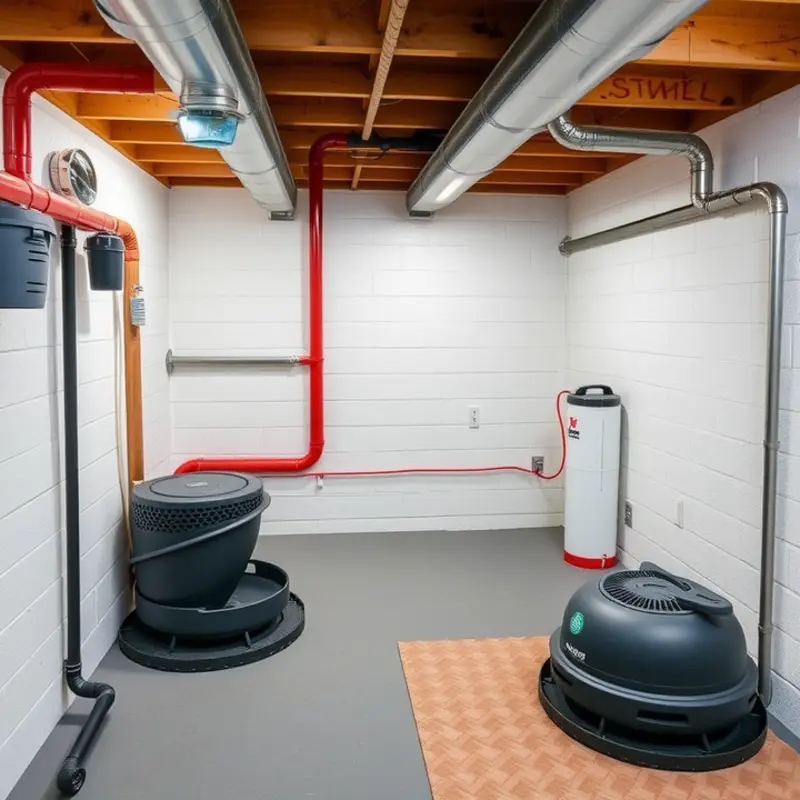
Preventing basement flooding in your apartment requires a proactive approach. By implementing practical solutions, you can minimize the risks effectively. Here are some detailed strategies you can follow:
First, ensure that the grading around your apartment building directs water away from the foundation. If the slope isn’t right, address it with your landlord or property management, as grading adjustments can significantly reduce water pooling.
Next, inspect the gutters and downspouts on the property. Blocked or damaged gutters can lead to overflow, which increases the risk of flooding. Communicate any concerns with property management and suggest a regular cleaning schedule to ensure water gets efficiently diverted away from the building.
Another vital maintenance task is to check for cracks in the basement walls or floors. These can become gateways for water infiltration. Use a water-resistant sealant to patch minor cracks before they become severe. Regular inspections can help catch these issues early.
A highly effective preventive measure is installing a sump pump if allowed by your landlord. Sump pumps are critical in areas prone to heavy rainfall. This device helps by removing water that accumulates in the sump basin. Make sure it has a backup power source, as flooding often coincides with power outages.
Now, let’s talk about indoor measures. Keep your drains clear of debris and ensure they are not blocked, as clogged drains can back up and increase flooding chances. It’s also wise to own a wet/dry vacuum to swiftly handle any water leakage that does occur.
For those living in ground-floor apartments, consider using water-resistant materials for any stored items. Store belongings in plastic bins rather than cardboard boxes, which can disintegrate when wet. Elevating these containers can further protect your items from water damage.
Additionally, consider installing a moisture detector alarm. These devices alert you at the first sign of water where it shouldn’t be, giving you a head start to take action.
Regular maintenance checks are vital. Schedule periodic reviews of all potential problem areas, like checking sealants or testing the sump pump’s functionality. Consistent monitoring ensures that your preventive measures remain effective over time.
Finally, maintaining open communication with your property manager or landlord is crucial. Report any suspicious water signs immediately. Keeping them informed ensures they’re aware of potential issues and can take appropriate actions, like arranging professional assessments or repairs if needed.
By applying these solutions, you can greatly reduce the chance of basement flooding and safeguard your apartment against potential water damage threats. For more comprehensive apartment care tips that extend beyond flood prevention, explore our apartment odor control solutions guide, which can enhance your overall living experience.
Final words
Dealing with the risks of basement flooding may seem overwhelming, but understanding the potential causes and implementing practical solutions can significantly minimize your risk. By staying informed and proactive, you empower yourself to take control of your living environment. Regular maintenance, coupled with proactive measures like proper drainage and careful monitoring, will help keep your apartment safe and secure. As a renter, your safety is paramount; knowing how to respond during flooding events will not only protect your belongings but also provide peace of mind. Stay prepared, and you can enjoy your living space without the lingering worry of basement flooding.

